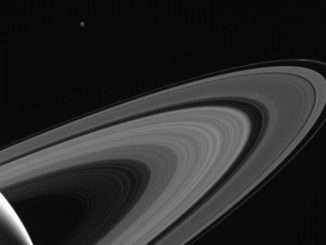
Saturn’s rings

News

Picture This

Observing

News

News

News

Picture This

Picture This

News

Picture This
